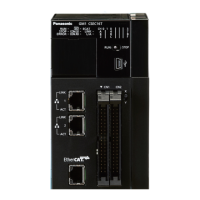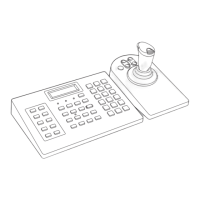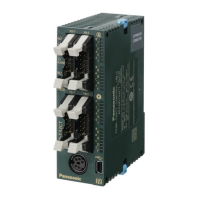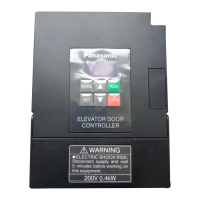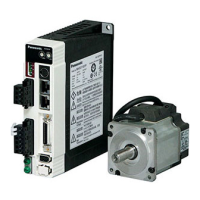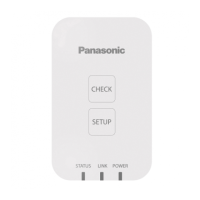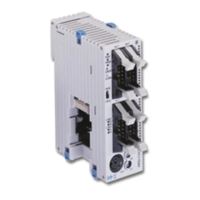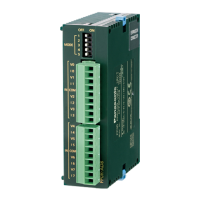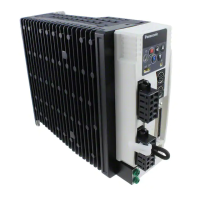■
Home return
The reference position for positioning is called a home position and an operation to travel to a
home position is called home return. Each axis is moved to the preset home position and the
coordinates of the home position are defined as absolute position zero. The motor rotation is
reversed automatically when the limit input (+) or the limit input (-) is input and the home
position or near home position is searched to return to the home position automatically
.
■
JOG operation
Refers to an operation in which the motor is rotated only while operation commands are being
input. This is used to forcibly rotate the motor using inputs from external switches during startup
or adjustment, for example. This can also be applied to unlimited feed.
■
Limit input (+), limit input (-)
A limit switch input that is used to limit the motor movement. Limit input (+) is the limit point on
the side where the elapsed value increases and limit input (-) is the limit point on the side where
the elapsed value decreases.
■
Dwell time
For E-point control, the time from the completion of a position command until the operation
done contact turns ON can be specified as a dwell time. For C-point control, similarly, the time
from deceleration stop until execution of the next positioning table can be specified as a dwell
time.
■
Software limit
Limits in software can be set for the absolute coordinates managed by the GM1 Controller.
When the range of software limits is exceeded, an error occurs, causing the system to
decelerate and stop. Deceleration time can be set individually.
■
Torque control
The output torque of the servo amplifier can be limited arbitrarily.
■
Servo ON / Servo OFF
The operation that changes the servo free state to a servo lock state is called "servo ON", and
the operation that changes the servo lock state to a servo free state is called "servo OFF".
■
Linear interpolation
Interpolation control that controls straight lines as loci for the operations of 2-axis motors with
grouped X-axis and Y-axis or 3-axis motors with grouped X-axis, Y-axis, and Z-axis. There are
two setting methods, which are a composite speed specification and long axis speed
specification.
■
Circular interpolation
Interpolation control that controls arcs as loci for the operation of 2-axis motors with grouped X-
axis and Y-axis. There are two setting methods, which are a center point specification and pass
point specification.
■
Edge Detection
One of the methods for detecting the request signals allocated to this unit. It executes each
requested process by detecting a trigger that is the rising edge when the request signal turns
ON.
Therefore, the next request cannot be accepted until the current request signal turns OFF.
WUME-GM1RTXOP-01 v
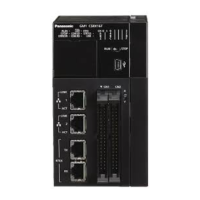
